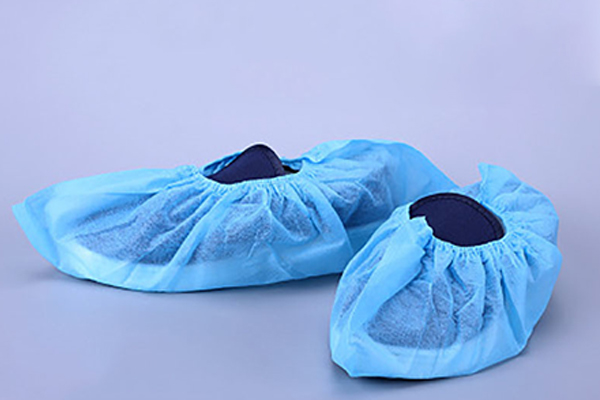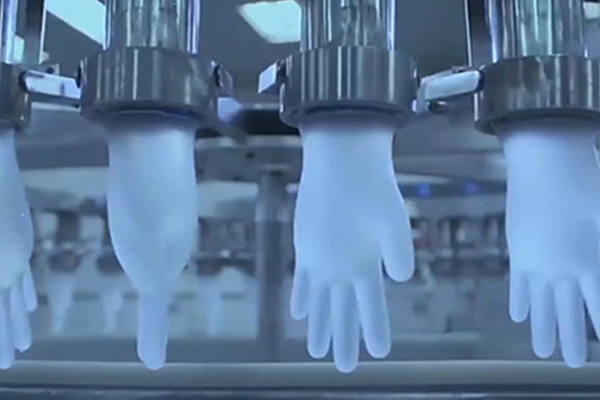In this article, we delve into 7 essential features of surgical gowns, shedding light on the vital aspects that empower informed procurement decisions. As experts in the realm of Personal Protective Equipment (PPE), we aim to demystify the intricacies of surgical gowns, enabling you to make confident and well-informed choices.
Features 1: Material Composition of Surgical Gowns
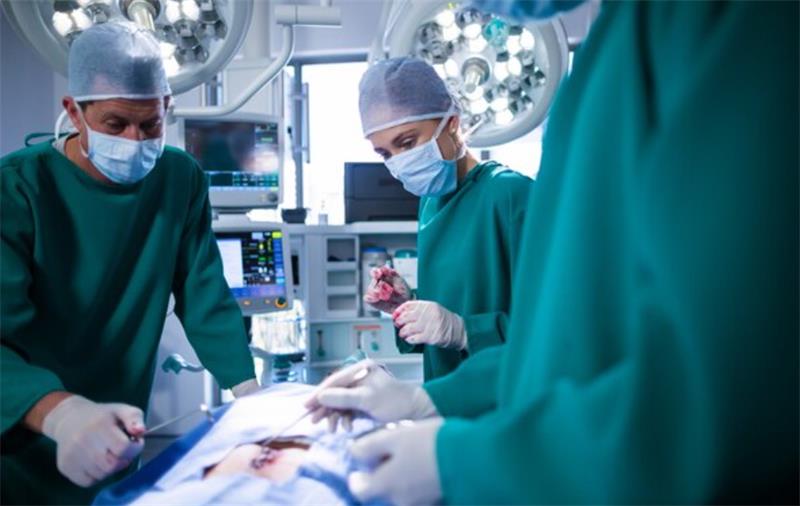
Woven Surgical Gown
Traditionally, woven surgical gowns have been employed for their durability. However, with repeated use, washing, and disinfection, these fabrics tend to lose their resilience. After approximately 25 washes, the fabric’s microbial resistance drastically diminishes, increasing the risk of patient infections. Moreover, woven fabrics can shed lint during surgeries, compromising the sterile environment. Hence, these gowns are not ideal for maintaining aseptic conditions throughout the entire surgical process.

SMS Surgical Gown
SMS, or Spunbond-Meltblown-Spunbond, represents a technological leap in surgical gown materials. It combines the strengths of spun-bond non-woven fabric (providing excellent tensile strength) and melt-blown non-woven fabric (offering superior filtration properties). SMS fabrics exhibit outstanding adsorption, filtration, bacterial resistance, and high resistance to permeation. However, the raw SMS material alone might not offer optimal protection. Additional treatments, such as using fluorinated compounds, enhance SMS gowns’ resistance to substances like alcohol and blood. This crucial step ensures the gowns effectively shield against common hospital disinfectants and bodily fluids.
| Sampling Site | Group A (Cotton) | Group B (Non-Woven Fabric) | ||
| Number Of Positive Copies | Positive Rate (%) | Number Of Positive Copies | Positive Rate (%) | |
| Left-Hand Cuff | 11 | 27.5 | 4 | 10.0 |
| Right-Hand Cuff | 11 | 27.5 | 4 | 10.0 |
| Chest Placket | 15 | 37.5 | 6 | 15.0 |
| Right Waist Front | 13 | 32.5 | 4 | 10.0 |
| Left Waist Front | 12 | 30.0 | 3 | 7.5 |
| Total | 62 | 31.0 | 21 | 10.5 |
Spunlaced Non-woven Surgical Gown
Where Strength Meets Comfort:
Water entanglement technology results in hydroentangled fabrics, which boast exceptional strength and durability. These fabrics are abrasion-resistant and maintain their integrity even after multiple washes. Importantly, they don’t rely on adhesives during manufacturing, ensuring their strength is solely derived from fibers. Hydroentangled fabrics possess remarkable moisture absorption capabilities, quickly wicking away fluids. Furthermore, their superior breathability ensures healthcare professionals remain comfortable and dry during extended procedures.

Features 2: Design Of Surgical Gowns
Adjustable Straps for Personalized Fit: The incorporation of adjustable straps allows wearers to tailor the surgical gown according to their waistline, ensuring freedom of movement and effortless donning and doffing. This thoughtful design not only provides a comfortable fit but also enables swift adjustments for different body types.
Elastic Cuffs for Optimal Protection: The cuffs of surgical gowns are equipped with elastic bands, creating a snug fit that acts as a barrier against external dust and bacteria. This design choice not only enhances protection but also contributes to a more comfortable wearing experience, allowing medical professionals to focus entirely on their crucial tasks.
Intricate Stitching for Seamless Joints: Precise needlework and meticulous stitching techniques guarantee smooth and seamless joints at every part of the gown. This intricate detailing ensures that every section fits impeccably, eliminating any discomfort or hindrance during movements. The attention to detail in the stitching process is a testament to the garment’s quality and reliability.
Enhanced Waterproof Non-Woven Fabric: The use of reinforced non-woven fabric adds an extra layer of protection. This material not only offers robust waterproofing properties, safeguarding wearers from liquids but also prioritizes wearer comfort. The gown’s waterproof nature provides a sense of security, allowing medical professionals to concentrate on their tasks without any concerns about moisture infiltration.
Individually Sealed Packaging for Sterility: Each gown is meticulously sealed in individual packaging and sterilized using ethylene oxide (EO) gas. This sealing and sterilization process ensures that the product reaches the end user in a pristine, uncontaminated state. The meticulous attention to sterility instills confidence in both healthcare professionals and patients, underlining the gown’s reliability and safety.
Features 3: Is The Surgical Gown Sterile?
Sterile surgical gowns serve as a stringent barrier, substantially reducing the spread of contaminants, viruses, and bacteria from medical professionals to patients. By employing surgical gowns engineered with exceptional fluid resistance, healthcare workers further diminish the likelihood of carrying infectious pathogens present in blood or bodily fluids.
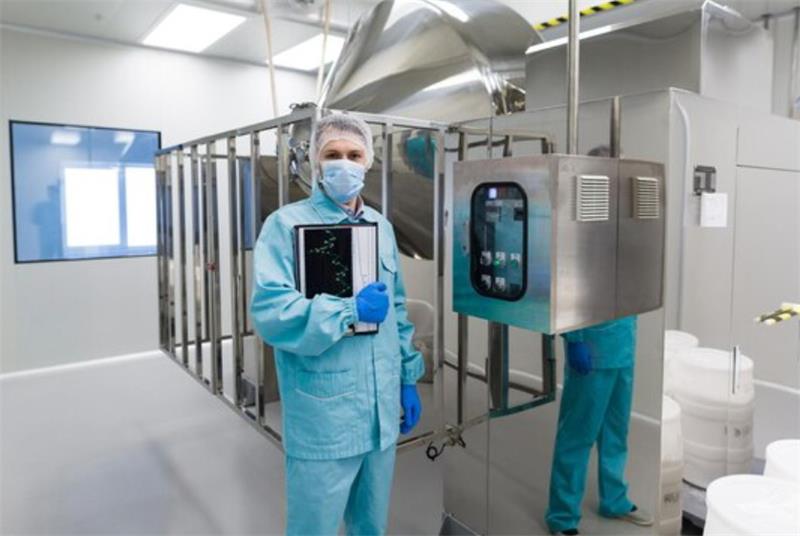
The primary objective behind donning sterile surgical gowns is twofold: firstly, to prevent any potential bacterial contamination of surgical incisions caused by microbes present on healthcare workers’ attire; secondly, to ensure the safety of the surgical team, mitigating the risks associated with occupational exposure. The sterile nature of these gowns is a testament to the meticulous care taken in the medical field to guarantee optimal safety standards.
Sterile surgical gowns find diverse applications, extending beyond surgical procedures. They are indispensable in patient care, public health screenings, virus-contaminated zones, military operations, medical, chemical, environmental, transportation, and epidemic prevention sectors. Their versatility highlights their significance in various critical domains, emphasizing the need for uncompromised sterility to maintain the highest level of safety and protection.
Features 4: Protection Level Of Surgical Gown
In the realm of medical textiles, the protection provided by surgical gowns is rigorously classified by the Association for the Advancement of Medical Instrumentation (AAMI). This classification, ranging from Level 1 to Level 4, delineates the gown’s ability to resist liquid penetration and forms the backbone of safety standards in medical environments.
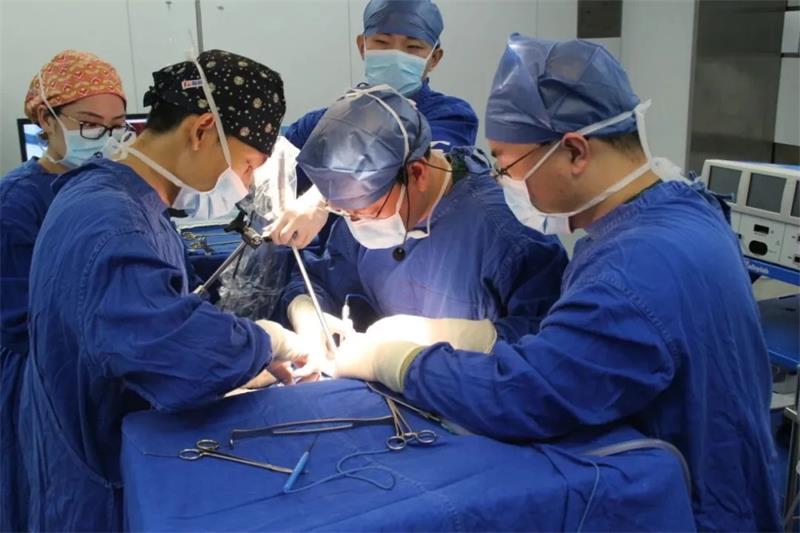
Level 1: At this level, medical textiles, including surgical gowns, undergo an Impact Penetration test where the permissible water seepage must be less than 4.5 grams. This entry-level standard ensures a basic level of protection against liquid penetration.
Level 2: Level 2 gowns are subjected to both Impact Penetration and Hydrostatic Pressure tests. The former mandates a water seepage of less than 1.0 grams, while the latter requires a static water pressure resistance of over 20 cm H2O. These gowns offer enhanced protection, especially in environments where moderate fluid exposure is anticipated.
Level 3: Gowns in this category must exhibit superior resistance. They need to limit water seepage to less than 1.0 grams and withstand a hydrostatic pressure of over 50 cm H2O. Level 3 gowns are ideal for procedures involving a higher risk of fluid exposure.
Level 4: Reserved for surgical gowns and other protective apparel, Level 4 mandates rigorous testing. These gowns must pass Blood and Viral Penetration tests, ensuring that synthetic blood, at 13.8 kPa (equivalent to 140 cm H2O) pressure, does not penetrate the fabric for at least 1 minute. Additionally, they must undergo microbial penetration tests to ensure viruses like Phi-X174 bacteriophage cannot permeate the material.
Understanding the intricate hierarchy of AAMI protection levels is essential for both medical professionals and patients. These classifications guarantee that every surgical gown worn meets stringent standards, ensuring optimal safety during medical procedures.
Features 5: Reinforced Surgical Gowns: Strengthening the Shield
Reinforced disposable surgical gowns represent a significant advancement in medical protective wear. They feature reinforced patches from the elbows to the cuffs and from the chest to the legs, strategically placed to bolster the garment’s resistance against blood, bodily fluids, and alcohol infiltration. These reinforced areas act as barriers, preventing the penetration of microbes carried in liquids, thereby significantly enhancing the gown’s antimicrobial and infection-resistant capabilities.
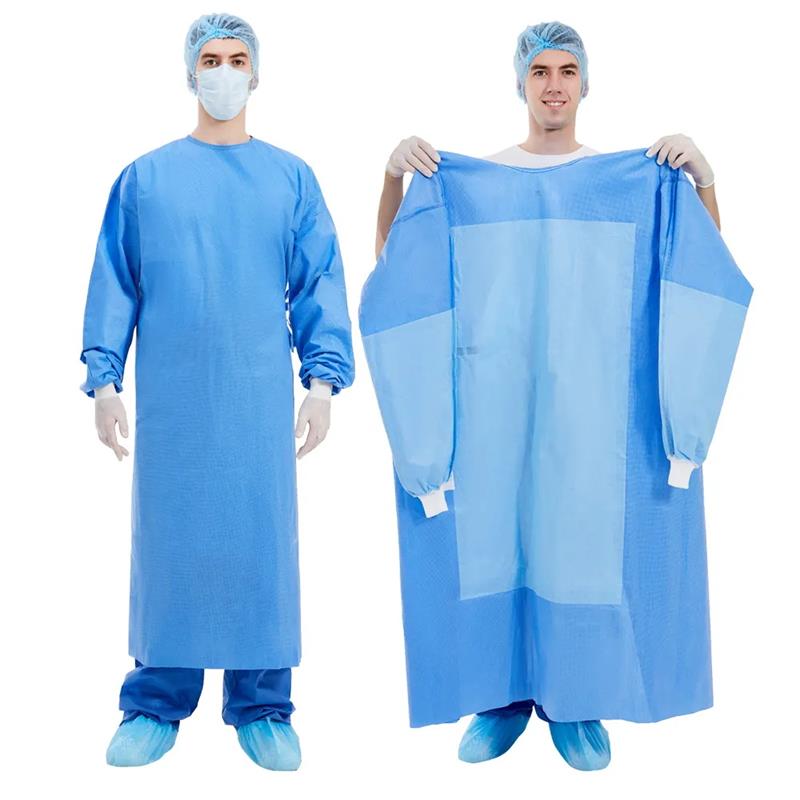
These reinforced disposable gowns bring unparalleled convenience and safety to medical professionals. Their design allows for effortless wear, without the constraints of quantity limitations.
As surgical demands increase, these gowns can be readily accessed, ensuring a seamless workflow. In critical situations like emergency surgeries or outbreaks of diseases such as SARS and COVID-19, where the usage of cotton surgical gowns might be insufficient or challenging, enhanced disposable gowns prove invaluable. They can be promptly deployed, facilitating faster and more convenient surgical procedures.
Furthermore, their single-use nature guarantees a heightened level of safety and ease in contaminated environments, effectively reducing the risk of infections and subsequently minimizing overall hospitalization costs.



